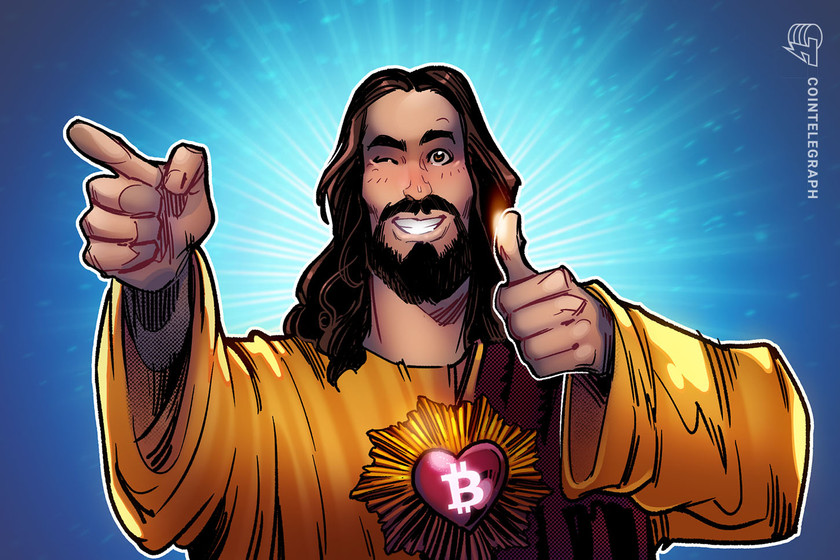Researchers question what ‘trustless’ actually means for blockchain
Crypto community members will likely be familiar with mantras such as “Don’t trust, verify!” or the “law of code.” Both refer to the promises of greater transparency and audibility and to a technology that offers to replace fallible, corruptible powerful actors with an actually functional rules-based order, secured through deterministic computation.
The desire to dispense with the need to trust third-party actors is a mainstay with many cryptocurrency creators and users. Bitcoin (BTC), after all, was invented in the immediate aftermath of the 2008 financial crisis, and the abuse of authority by powerful actors and institutions continued to make itself felt throughout the Great Recession. Crypto has continued to draw in more and more enthusiasts against the backdrop of social, political and economic crisis.
However, a paper first published by a group of researchers this August, and circulated through the University of Oxford Faculty of Law’s blog on Oct. 27, argues against conceptualizing blockchain as a question of trust — or its absence.
Instead, the paper proposes to understand blockchain as a “confidence-machine”: a technology designed to maximize the degree of confidence in the system as a means to, only indirectly, reduce the need for interpersonal trust. The paper’s argument rests on carefully parsing the distinction between trust and confidence, each of which is a complex cluster of ideas in its own right. Yet for all their internal complexity, trust and confidence each imply a fundamentally different interpretation of the nature of the social environment.
Trust, across its various definitions, presupposes an acknowledgment of risk and uncertainty: one can choose to consciously trust another agent by way of a “leap of faith” or “commitment,” or as the outcome of a rational choice, based on a calculation that it is in the interests of a third party to act in a particular way. One can also trust more tacitly, by way of routinized actions, where the backdrop of risk is less explicitly recognized.
Confidence, by contrast, presupposes the predictability of systems or institutions. These predictable systems, in the case of blockchain, refer to the technological design of a protocol (i.e., one that it is designed to mint a certain degree of new coins at a given interval), a repository of open-source code, and the mathematical properties of hash functions and public-private key cryptography.
Blockchain systems also attempt to maximize the predictability of a network of actors’ decisions by means of game-theoretical mechanisms and economic incentives, and by the provision of a collectively auditable record of the sequence of actions in a given ecosystem.
In the course of their argument, however, the authors of the paper complicate this view of confidence, which, they claim, rests on a denial that blockchain systems are irreducibly hybrid, involving both social and technical components. They make their case by exploring the real asymmetries in resources and knowledge — and therefore power — among the various actors in blockchain networks, uncovering the mixture of confidence, trust, and even faith, that is involved in their everyday operations.
“The governance of most blockchain-based systems is highly centralized: on-chain governance is inherently plutocratic, dominated by a few large operators or individuals who control most of the mining resources and/or token holdings, whereas off-chain governance most often operates as a technocracy, with a few influential players dominating both the front-stage and the backstage.”
Rather than evoking an alternative, ideal scenario, wherein relationships of dependency and domination could be magically eliminated, the paper concludes with an exploration of what blockchain governance, accurately understood, actually involves; and what it could evolve into, if we fully acknowledge the clusters of power that inescapably shape its infrastructure.








